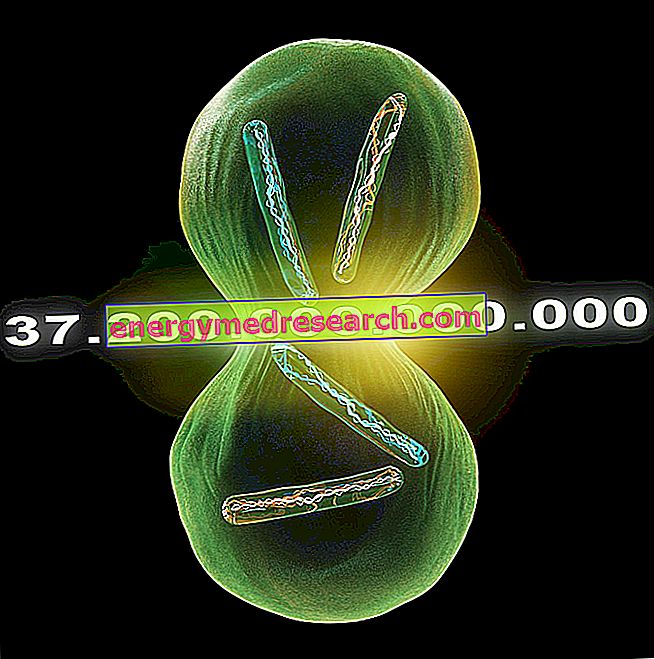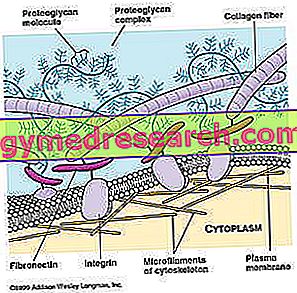Generality DNA , or deoxyribonucleic acid , is the genetic heritage of many living organisms, including humans. Contained in the nucleus of cells and comparable to a long chain, DNA belongs to the category of nucleic acids, that is large biological molecules (macromolecules) formed by smaller molecular units that take the name of nucleotides
Category biology
Generality Nucleotides are the organic molecules that make up the nucleic acids DNA and RNA. Nucleic acids are biological macromolecules of fundamental importance for the survival of a living organism, and nucleotides are the building blocks that constitute them. All nucleotides have a general structure that includes three molecular elements: a phosphate group, a pentose (ie a sugar with 5 carbon atoms) and a nitrogenous base
Nucleic acids are chemical compounds of great biological importance; all living organisms contain nucleic acids in the form of DNA and RNA (respectively deoxyribonucleic acid and ribonucleic acid). Nucleic acids are very important molecules because they exert primary control over vital vital processes in all organisms
Generality RNA , or ribonucleic acid , is the nucleic acid involved in the processes of coding, decoding, regulation and expression of genes. Genes are more or less long segments of DNA, which contain the fundamental information for protein synthesis. Figure: Nitrogen bases in an RNA molecule. From wikipedia
Although today it may seem obvious it is obvious, for millennia man has ignored the fact that microscopic organisms caused certain diseases. Until 1600, the so-called theory of spontaneous generation was considered valid, according to which some organisms can spontaneously be generated from non-living matter
3.72 × 1013, that is: 37, 200, 000, 000, 000 or 37, 200 billion. This is the number of cells that roughly make up the human body , according to a recent study1 published in the journal Annals of Human Biology. It means that in a single human body there are about 5, 000 times more cells than the number of world population.
See also: blood type and blood group diet The tables proposed in this article allow you to quickly calculate the compatibility of a subject's blood group with that of their parents. The first scheme allows us to establish the possible blood group of a child knowing the blood group of the mother and the alleged father
By Dr. Giovanni Chetta General index Premise Extra-cellular matrix (MEC) Introduction Structural proteins Specialized proteins Glucosaminoglycans (GAGs) and proteoglycans (PGs) The extracellular network Remodeling of the MEC MEC and pathologies Connective tissue Introduction Connective band Fascial mechanoceptors myofibroblasts Deep-band biomechanics Viscoelasticity of the fascia Posture and tensegrity Dynamic balance Function and structure Tensegrity Praise to the propeller The engine of man's specific motion Static
Generality The classification of bacterial species in aerobic and anaerobic bacteria is performed according to the energy source used to feed the biosynthetic processes of their metabolism. More precisely, the classification in aerobic and anaerobic bacteria refers to the effect that oxygen (O 2 ) has on the growth of the microorganisms in question








